Actions you can take to respond to climate change
Climate change is a complex challenge that can seem overwhelming.
The solutions don’t have to be.
Climate change is already affecting Calgary. The consequences of climate change will become increasingly disruptive throughout our community.
There are actions Calgarians can take today to prepare for the impacts that each climate change hazard may bring.
Learn how to protect your home and property at Climate Ready Home Guide.
How you can respond to climate change impacts
How you can limit global climate change
View a list of actions you can take to reduce your energy use for climate change. Visit How can you Limit Global Climate Change.
Climate change - City of Calgary actions
See how the City of Calgary is working to improve energy management, reduce greenhouse gas emissions and manage risk for current and future climate impacts.
Extreme heat
Calgary will experience increasingly hot summers with heat waves occurring more often and for longer periods of time.
Health impacts
- Heat-related illnesses such as dehydration, heat exhaustion and heat strokes
- Increase in surface-level ozone and smog, which can contribute to respiratory diseases and other ailments.
- Aggravation of pre-existing heart disease and respiratory diseases.
- Worsened mental health such as depression, anxiety and psychological stress.
Lifestyle Impacts:
- Increased electricity demand for cooling, which can lead to brownout periods during peak demand.
- Physical damage to roadways and railways due to pavement breakdown as well as railway track shifting causing disruptions in the transportation network.
Financial Impacts:
- Higher home and building cooling costs.
Natural Environment Impacts:
- Stress on flora and fauna, including backyard plants and the urban tree canopy.
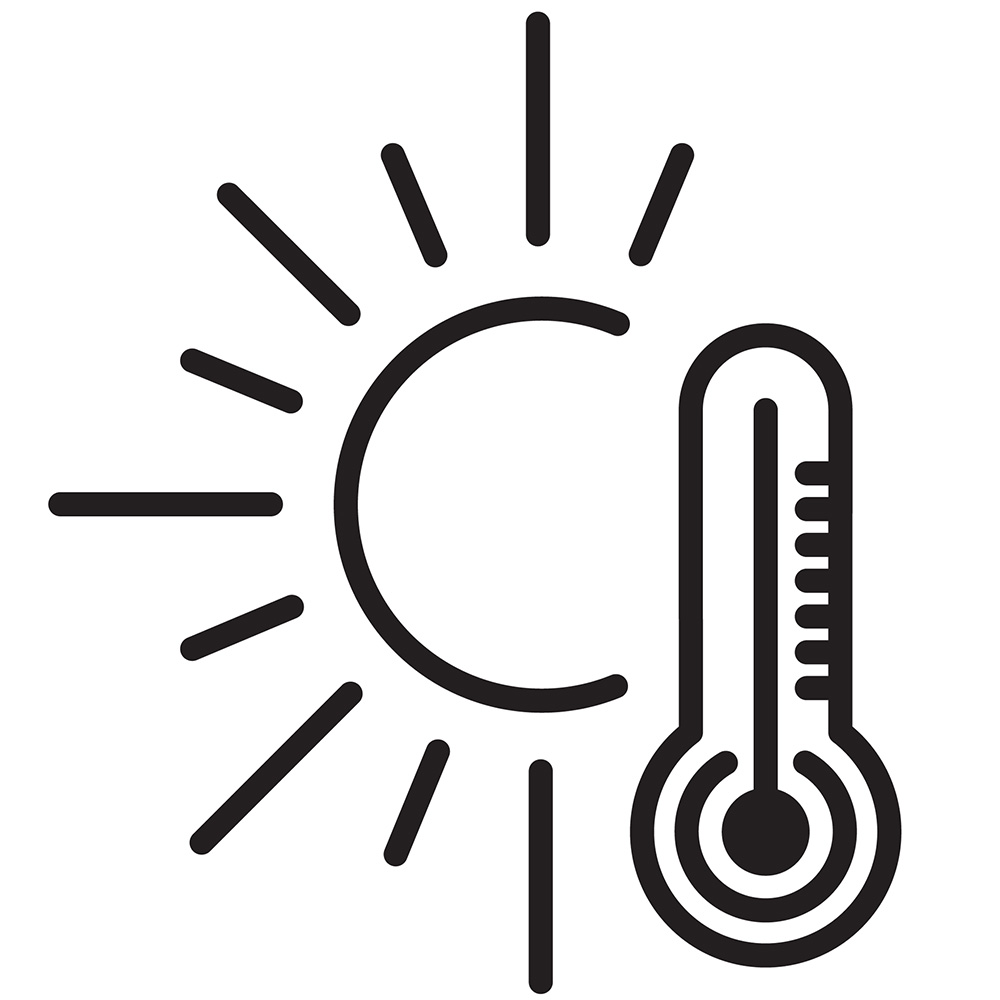
Actions you can take at home
Keep your home cool when it’s hot outside:
- Cook outside to avoid using your oven and further heating your home.
- Close windows and window coverings during the heat of the day to keep the house cool without using air conditioning.
- Use fans instead of air conditioning to reduce your home energy bills.
- Turning on your furnace fan will draw cool air from your basement
Upgrade your home and landscaping to keep your home cool.
- If replacing your roofing, install alternative roofing technologies (e.g. lighter-coloured shingles or a green roof).
- Plant deciduous trees or add window awnings on the south façade of your home to shade your windows.
- Install energy efficient windows to increase the comfort of your home, and lower energy use and cooling costs. Choose triple-paned low-e argon filled glazing with vinyl or fiberglass casings, and a U-Value of 1.25 or less. Adding window tinting can also help keep your home cooler.
- Geothermal exchange systems can keep your home cool in the summer since they recirculate air by drawing on heat (in the winter) and cold (in the summer) from the earth using a series of pipes placed underground.
- Add insulation to your attic, walls and basement to lower cooling costs and increase the comfort of your home.
- As a last resort, install an energy efficient air conditioning system to help keep your home cool. Air conditioning units are energy-intensive and running them contributes to climate change.
Actions you can take to protect your health
Protect yourself from heat and sun exposure:
- Follow heat and weather alerts by downloading the WeatherCAN app.
- Plan outdoor activities, exercise and strenuous activities in the early morning and evening hours when temperatures are cooler to avoid heat-related illness.
- Keep hydrated to avoid dehydration.
- Seek shade when outside and wear protective clothing like a hat.
- Check on family, friends and neighbours who are vulnerable to extreme heat.
- Rest in cool spaces such as libraries, recreation centres or shopping malls.
- Sleep in the coolest area of your home, such as the basement.
- Visit the Calgary Emergency Management Agency (CEMA) for more tips on how to prepare for extreme heat.
Drought
Drought is a lack of adequate precipitation over an extended period of time, resulting in a water shortage. Climate projections of increased summer temperatures and decreased summer precipitation tell us drought conditions may become more common and widespread.
Health impacts
- Drought can lead to decreased air quality as soil dries and becomes spread by wind, which can have aggravating effects on existing respiratory conditions.
- Many food and water-borne illnesses, vector-borne diseases, and fungal diseases spread more quickly during periods of hot, dry weather.
- Worsened mental health issues such as depression, anxiety and psychological stress, particularly amongst agricultural producers.
Lifestyle Impacts:
- Declining or limited water supply, which may lead to restrictions on water use.
- Reduced agricultural production, including community gardens, may impact food security and availability.
- Physical damage to pavement, sidewalks and infrastructure may occur as soil dries and the ground shifts.
Financial Impacts:
- Costly water treatment and distribution facility upgrades may be needed to safely handle reduced water quality (concentration of toxins, biofilms and water-borne diseases) which are more prevalent during drought conditions.
Natural Environment Impacts:
- Water stress on wild and backyard plants, and urban tree canopy that can lead to plant death.
- Forests and grasslands become more prone to wildfires.
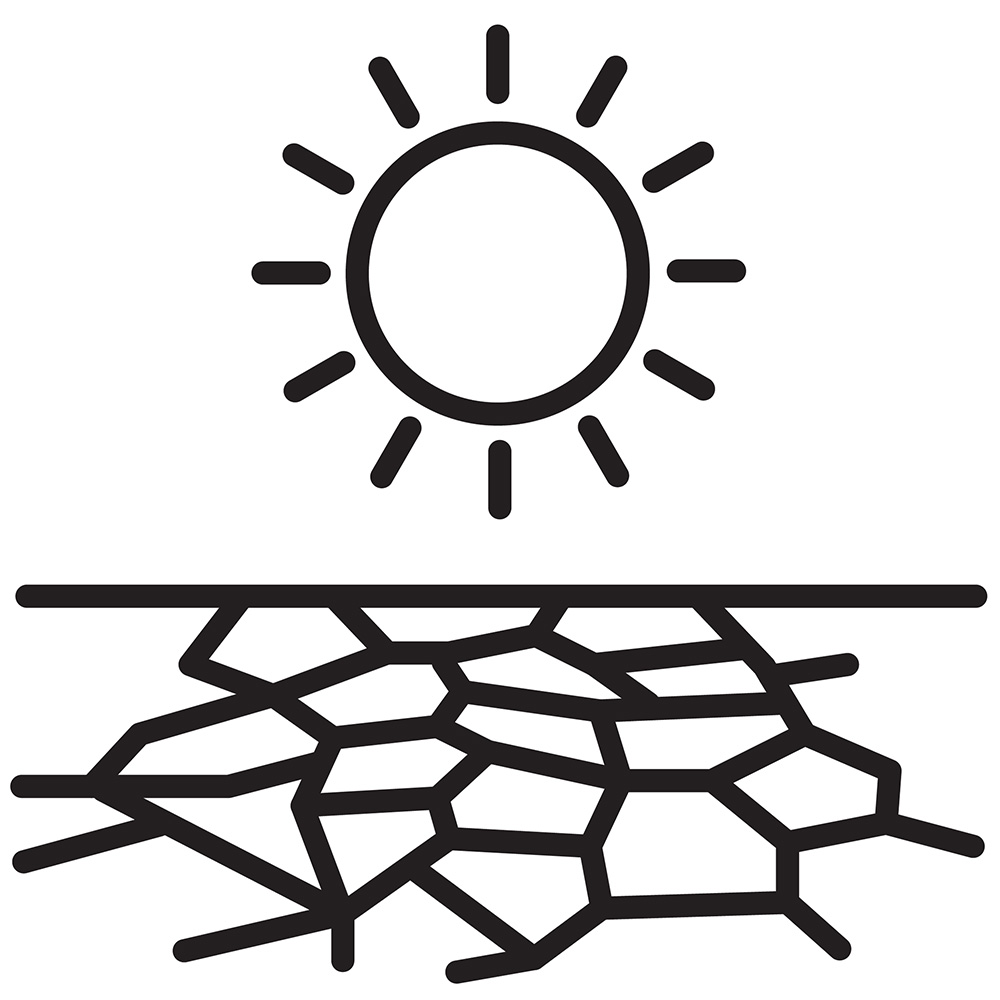
Actions you can take at home
Create a climate-resilient, water-wise yard:
- Plant drought-tolerant, native or regionally-adapted species in your yard.
- Install a rain barrel and use the captured water for your plants and yard.
- Reduce the size of your lawn, and replace with water-wise and drought-tolerant annuals, perennials, groundcovers and grasses to capture runoff.
- Use up to 12 inches of topsoil to promote deeper root growth and water retention. Using mulch around plants and trees also helps to better retain water.
- Visit calgary.ca/YardSmart to learn more about creating a beautiful and climate-resilient yard.
Learn more about current drought conditions and The City’s response to drought.
Shifting seasons (higher average temperatures)
Calgary is experiencing and will continue to experience higher average annual temperatures in the coming decades, which affects the length of the seasons. For example, winters are getting shorter, spring is arriving earlier, summers are longer and fall is arriving later.
Health impacts
- Higher risk of vector-borne pathogens due to the increased range and longer breeding season of their carriers (e.g. Lyme disease from ticks, West Nile Virus from mosquitoes).
Natural Environment Impacts:
- Misalignment between lifecycle events in nature, such as flowers blooming before pollinators emerge.
- Increased range and breeding season of invasive species, leading to damaged and shifting ecosystems (e.g. mountain pine beetle)
- Changes to aquatic ecosystems and reduced water quality due to an increase in average water temperature.
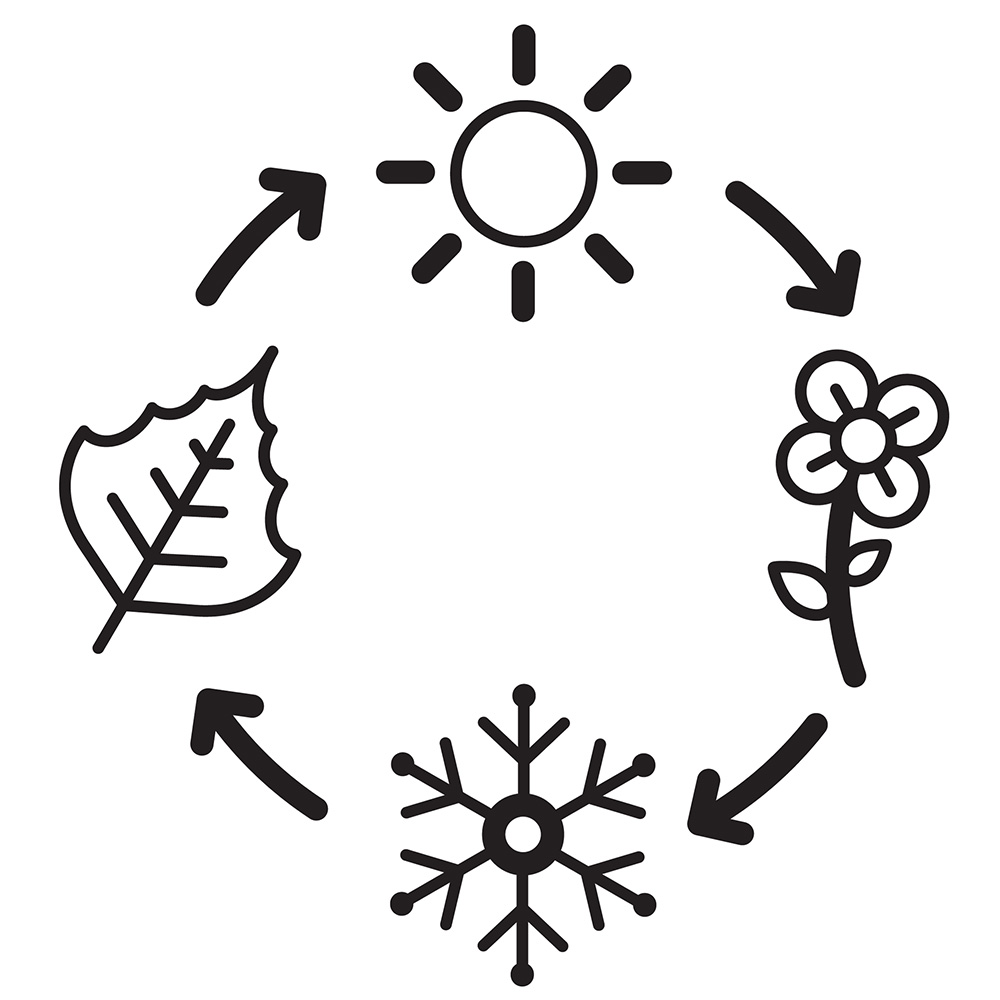
Actions you can take at home
Create a yard that attracts pollinators and repels pests:
- Remove standing water around your home to minimize mosquito-breeding areas.
- Consider planting plants that naturally repel mosquitoes such as citronella, lavender and basil.
- Pick up debris, remove weeds and keep your lawn trimmed to deter ticks and fleas from finding shelter in your yard.
- Changes in seasonality creates challenges for pollinators. You can help by creating a pollinator-friendly yard.
Actions you can take to protect your health
Protect yourself from pests and diseases:
- Keep informed about high-risk seasons and geographic areas, as well as symptoms of tick-borne and mosquito-borne illnesses.
- Learn more about ticks and Lyme disease via Alberta Health Services and Public Health Agency of Canada. Learn more about mosquitoes and how to protect yourself from them via the Government of Canada.
Prevent exposure to ticks, mosquitoes and other pests:
- Travel on cleared trails and pathways whenever possible, rather than walking or biking through grassy or wooded areas.
- If you are travelling through grassy or wooded areas, wear light-coloured clothing. Cover as much exposed skin as possible. Tie your hair back and consider wearing a hat.
- Apply insect repellent with DEET or Icaridin.
- Check yourself and your pets for ticks before entering your vehicle or home.
- If you do find a tick on yourself, follow steps for safe removal and consider submitting it for testing via the Submit-a-tick program.
More frequent and intense wildfires
As climate change makes summers longer and drier, wildfire risks will continue to intensify.
Health impacts
- Respiratory illness are exacerbated from poor air quality caused by wildfire smoke).
- Mental health stress due to less opportunities to recreate outdoors.
- Physical risks and mental health concerns for first responders and those directly impacted by wildfires.
Lifestyle impacts:
- Fire bans, extreme fire hazard days, area closures and evacuations will continue to increase, disrupting lives and livelihoods, impacting recreational activities and our ability to enjoy the outdoors.
Financial impacts:
- The costs of fire suppression are borne by all individuals, through taxes, insurance premiums and the funding of government disaster relief programs.
Natural environment impacts:
- Water quality can be significantly decreased in a post-fire environment, impacting aquatic environment (e.g. fish) and water users.
- Damage or destruction of ecosystems, such as forest and grassland habitat.
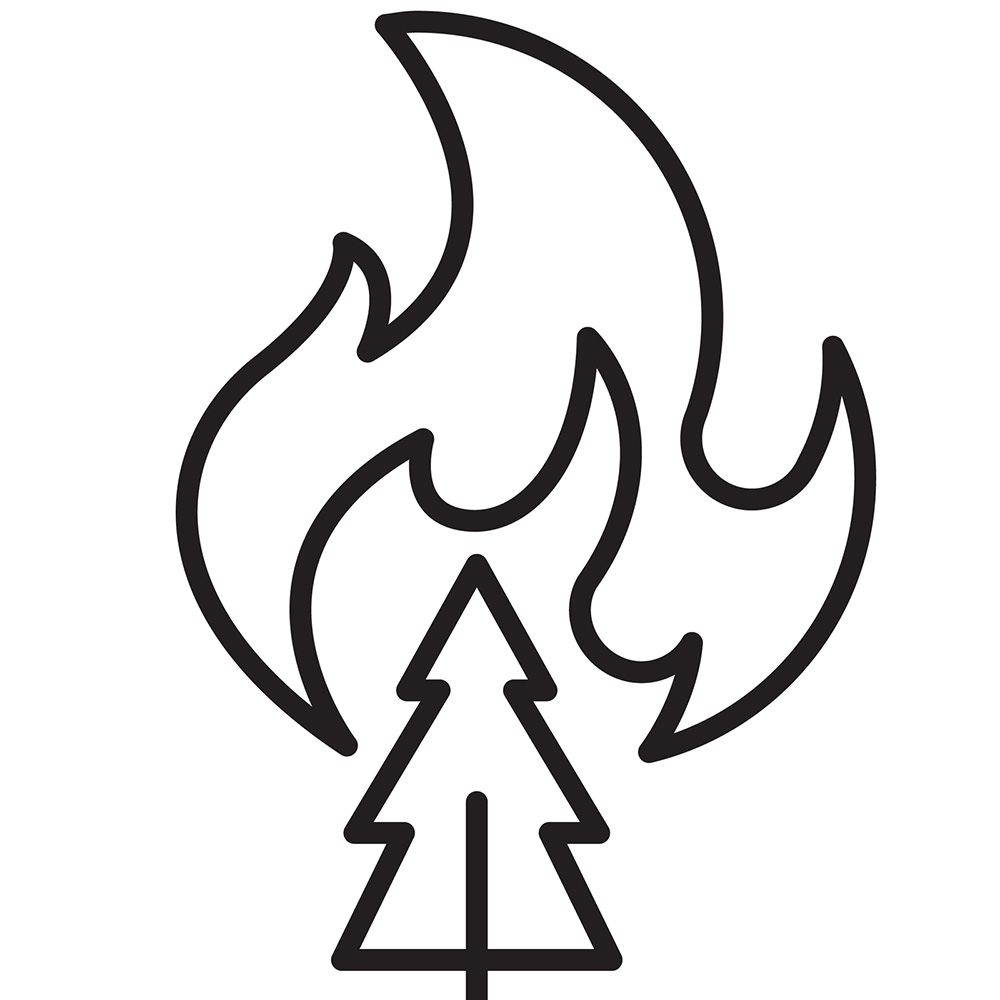
Actions you can take at home
Prevent smoke from entering your home and improve your indoor air quality:
- Close windows and doors, and seal air leaks with weather stripping or masking tape.
- Improve indoor air filtration by purchasing a portable High Efficiency Particulate Air (HEPA) air filter or upgrading your central air system filter to a high efficiency filter.
- Run the bathroom and kitchen fans to help expel smoke from the home.
Actions you can take to protect your health
Stay informed and be prepared for smoke events:
- Stay informed about smoke events, wildfires and air quality advisories and alerts by downloading the Air Quality Health Index app, the Alberta Wildfire app and the WeatherCAN app.
- Learn more about wildfires and air quality at Environment Canada and Alberta Health Services.
- Limit your exposure to wildfire smoke by working from home and exercising indoors. Remember to help your pet limit their exposure too.
- When driving, put your air system on recirculate.
- Check on family, friends and neighbours who are vulnerable to poor air quality.
- Take respite in cool spaces such as libraries, recreation centres or shopping malls when the air quality is poor.
Damaging storms
With climate change, the nature of individual storm events are changing, with more precipitation falling as short-duration, high-intensity storms, which can include lightning, high winds, hail and overland flooding.
Health impacts
- Intense storms can bring immediate threats to physical safety.
- Property damage from destructive storms can cause psychological stress.
Lifestyle impacts
- Impacts to critical service delivery linked to public infrastructure damage, such as power outages, water service disruption and transportation network disruption.
Financial impacts:
- Repairing damage to home exteriors, roofs and private properties from hail and high winds can be costly.
- Property damage and loss of possessions from water damage due to overland flooding and increased stormwater runoff, particularly in basements and low areas of homes and businesses.
- Shortening of service lifespans and increased maintenance for private and public infrastructure.
Natural environment impacts:
- Physical damage to plants including the urban tree canopy, backyard gardens and agricultural producers.
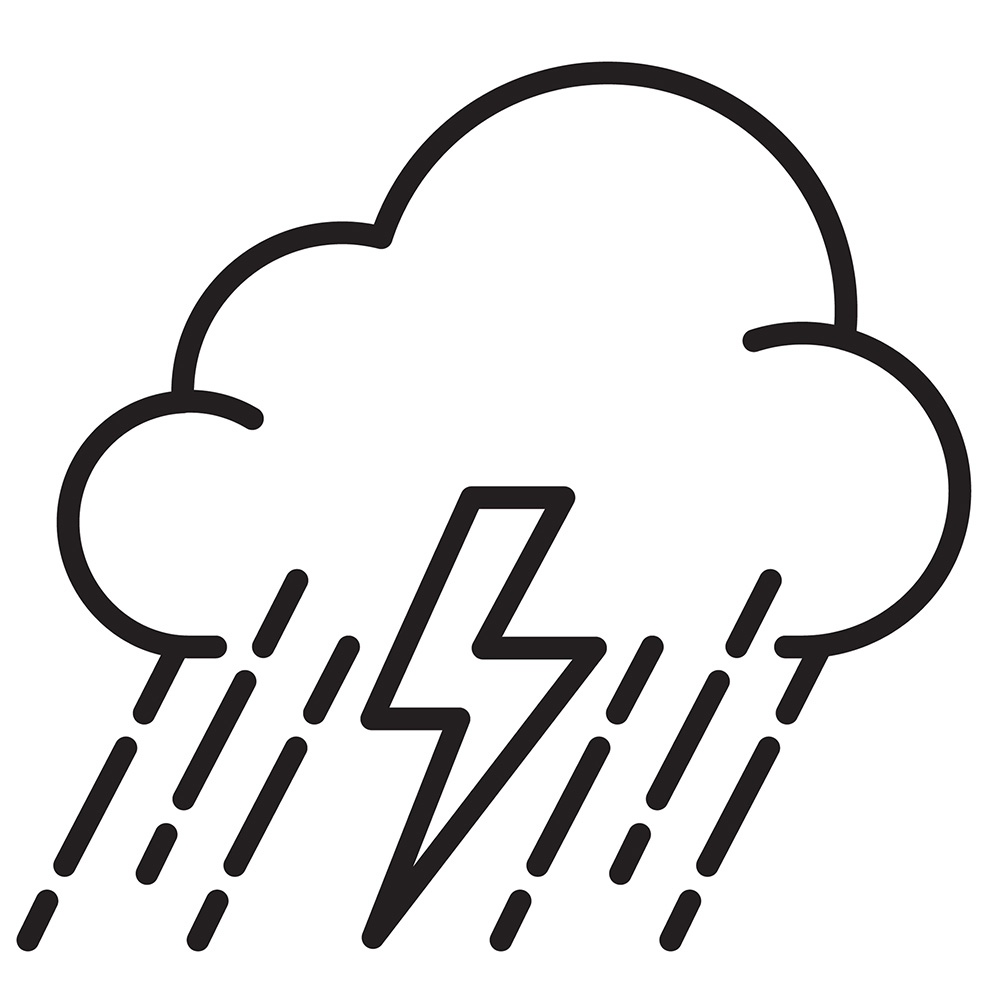
Actions you can take at home
Prepare your home and yard for extreme weather events:
- Speak to a licensed roofing and siding contractor to determine the best materials to ensure your home is resilient to weather events such as hail and high winds.
- Speak to your insurance provider to ensure you are covered for extreme weather events like hail, overland flooding and high winds.
- Some insurance providers may offer discounts for homeowners who install hail-resistant roofing and siding, and/or sewer backflow prevention devices. Speak with your insurance provider about actions you can take to reduce your premiums and protect your property.
- Use the Intact Centre on Climate Adaptation’s Home Flood Protection Check-Up tool to learn about actions that can reduce your vulnerability to flooding and help you qualify for insurance discounts.
- Ensure your eavestroughs and downspouts are maintained and free of debris, and that both your eavestroughs and landscaping are draining properly. Learn more about lot grading and positive drainage.
- If the water on the road or street has not drained after 90 to 120 minutes, contact 311.
- Damaged, diseased or rotting trees and branches can be vulnerable to damaging storms. An arborist can identify vulnerable branches and trees, make pruning and removal recommendations, and remove branches that hang over your home or driveway. Look for signs of damage such as insect damage, splitting of bark and leaning trunks.
- Extreme storms can cause power outages. Plan for how your household can function without electricity. Use surge protectors, purchase back-up batteries and keep supplies like a 72-hour kit accessible.
Actions you can take to protect your health
Learn about and prepare for extreme weather events in Calgary:
- Stay informed about extreme weather alerts by downloading the WeatherCAN app.
- Learn more about how to prepare for emergency situations and disasters in Calgary at calgary.ca/getready. CEMA also has more specific information available about how to prepare for heavy rainfall, high winds, hail, power outages, electrical storms and tornados.
- Take a free emergency preparedness course offered by the Calgary Emergency Management Agency.
- Create an emergency plan.
Winter storms
Warmer air holds more moisture, which can lead to increased precipitation in the winter months. While average winter temperatures are projected to increase in Calgary, they are projected to remain below 0°C, meaning we will receive more winter snowfall. As winter temperatures get warmer, the amount of frozen and freezing precipitation events are expected to increase.
Health impacts
- Winter storms bring physical safety concerns with activities such as snow clearing and winter driving, and an increased risk of falls.
Lifestyle impacts
- Winter storms can cause damage to public infrastructure, causing power outages, water service disruption and transportation network disruption.
- Poor road conditions and snow-/ice-covered surfaces can cause mobility challenges and service interruptions.
Natural environment impacts:
- Physical damage to the urban tree canopy.
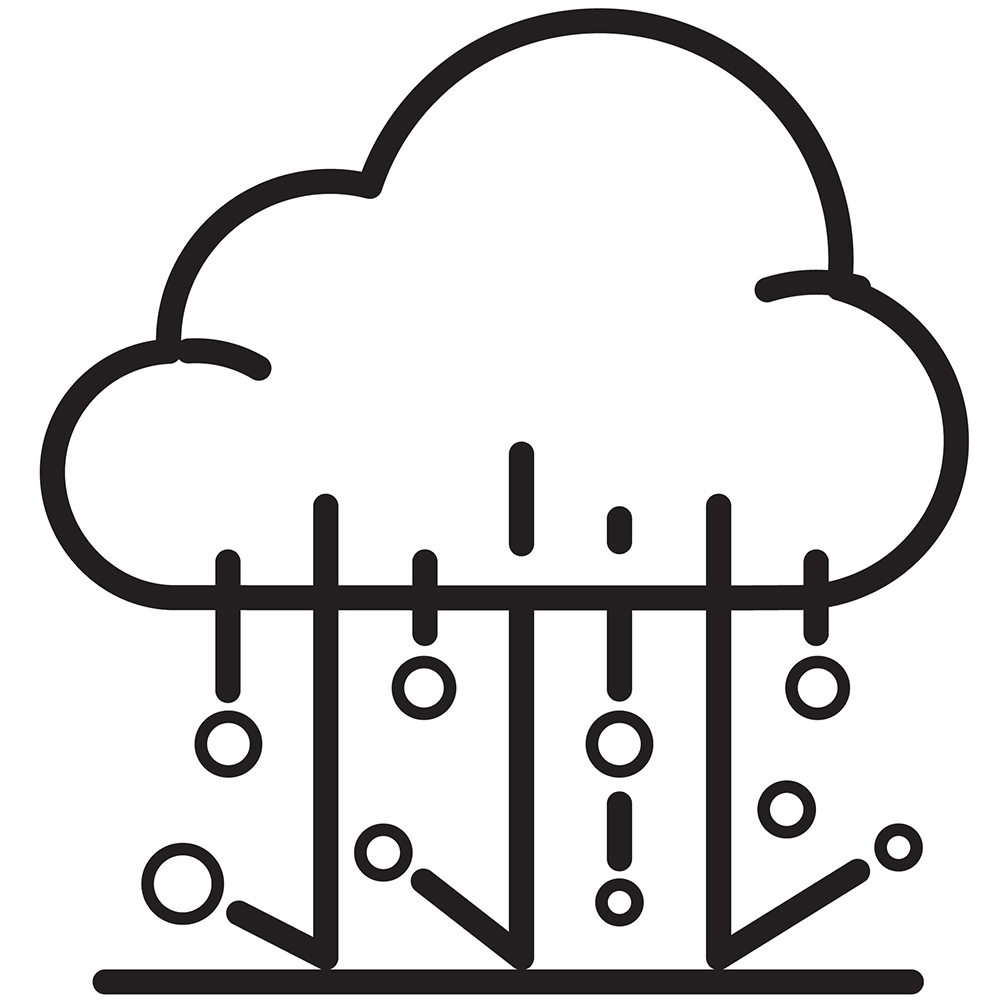
Actions you can take at home
- Damaged, diseased or rotting trees and branches can be vulnerable to heavy snow and ice storms. An arborist can identify vulnerable branches and trees, make pruning and removal recommendations, and remove branches that hang over your home or driveway. Look for signs of damage such as insect damage, splitting of bark and leaning trunks.
- Heavy snow and ice storms can cause power outages. Plan for how your household can function without electricity. Use surge protectors, purchase back-up batteries and keep supplies like a 72-hour kit accessible.
- Service snow removal equipment before the winter storm season. Keep a supply of non-clumping kitty litter to make walkways less slippery.
Actions you can take on the go
- Have your vehicle winterized before the winter storm season. Install winter tires with adequate tread, and keep a winter preparedness kit in your vehicle.
- If you have too much snow on your roof, consider removing it with a roof rake.
Actions you can take to protect your health
- Be ready for extreme winter weather. Stay informed about ice storms and winter storm warnings by downloading the WeatherCAN app.
- The Calgary Emergency Management Agency has more resources on how to prepare for winter storms.
- Check on family, friends and neighbours who are vulnerable during heavy winter storms.
River flooding
Climate change is exacerbating the conditions that lead to river flooding, making the chance of major flooding in Calgary more likely.
Health impacts
- Flooding can cause damage, disruptions and/or displacement, which can have mental health impacts and long-term stress related to recovery.
Lifestyle impacts
- Significant damage to private and public property and infrastructure.
- Flooding can cause public infrastructure damage or service shut down, such as power outages, gas supply restriction, water service disruption and transportation network disruption, impacting the delivery of critical services.
Financial impacts
- Costly remediation to repair water damage to homes and properties.
- Insurance premiums are increasing in flood-prone areas.
Natural environment impacts
- Riverbank erosion and damage to riparian areas from flooding can have long-lasting impacts on land-based plants, animals, and the aquatic environment.

Actions you can take at home
Calgary is most at risk of river flooding between May 15 and July 15 each year. Prepare yourself and your home for river flood risk with the resources available at calgary.ca/floodinfo, and create an emergency plan.
Understand your risk and stay informed about river flooding:
- Review river flood maps to understand your risk from river flooding.
- Stay informed about river flood risk by signing up for alerts, downloading the WeatherCAN app and subscribing to the flood e-newsletter.

